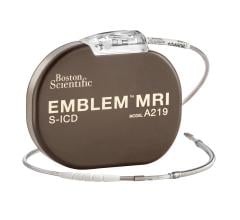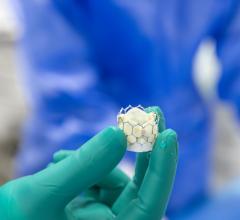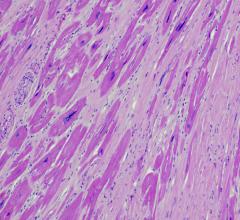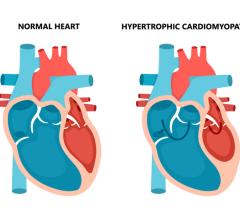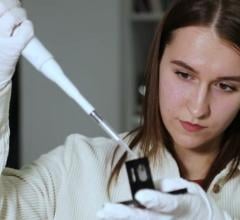May 9, 2016 – A new, large study shows that 95.7 percent of individual leads were successfully removed using a procedure called transvenous lead extraction (TLE). The ELECTRa (European Lead Extraction ContTRolled) Registry, hosted by the European Heart Rhythm Association (EHRA) a registered branch of the European Society of Cardiology (ESC), is the first multinational, multi-center, prospective registry of consecutive patients undergoing TLE.
The research was presented at Heart Rhythm 2016, the Heart Rhythm Society’s annual scientific meeting, and includes data from both high volume and low volume medical centers.
The rate of cardiac rhythm device implantation such as pacemakers or defibrillators is on the rise and therefore complications are increasing, leading to a parallel growth of the TLE procedure. There are occasions when it is necessary to remove a device and any associated leads when there is infection, venous occlusion, lead malfunction or failure, or safety alerts. While TLE has become a central treatment option for patients, the safety and efficacy can vary widely.
Data from 73 centers across 19 countries of the ESC were collected using a web-based system.
The primary objective was to evaluate the acute and long-term safety of TLE. The secondary objective included the description of patient characteristics, types of leads, indications for TLE, extraction techniques, success rates of TLE and the comparison between low and high volume centers. A high volume center is considered one that sees an average of 30 patients a year (or 2.5 patients a month) and a low volume center sees less than 30 patients per year.
A total of 3,555 consecutive patients undergoing extraction of 6,493 leads were enrolled in the registry. Leads were extracted from the right atrium, right ventricle, coronary sinus and other locations. Major and minor complications were 2.7 percent and 5.2 percent, respectively. High volume centers had fewer major (2.4 percent vs. 4.1 percent) and minor (4.5 percent vs. 8.1 percent) complications compared to low volume centers. Procedure-related major complications occurred in 58 patients (1.7 percent). The most common procedure related complications were cardiovascular complications requiring surgical repair, pericardiocentesis or chest drain insertion.
“The success rates of our study were higher than originally predicted, which is encouraging. This is the first time that we’re seeing the safety of transvenous lead extraction in a large group of patients on a prospective, consecutive basis, which is clinically important. We can now use these results to further testify that TLE is an effective option to improve the quality of care for patients undergoing lead extraction,” said Maria Grazia Bongiorni, M.D., University Hospital of Pisa in Italy. “While we saw great success rates, device therapy still poses many risks and complications, so it’s important that we continue to explore and push the boundaries for new technologies like embracing leadless pacemakers as the way of the future.”
The authors also looked at 12-month follow-up data and observed 3.2 percent of complications related to infection and 5.2 percent of complications related to non-infection conditions.
For more information: www.HRSonline.org

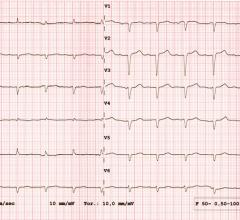
 May 20, 2024
May 20, 2024 
